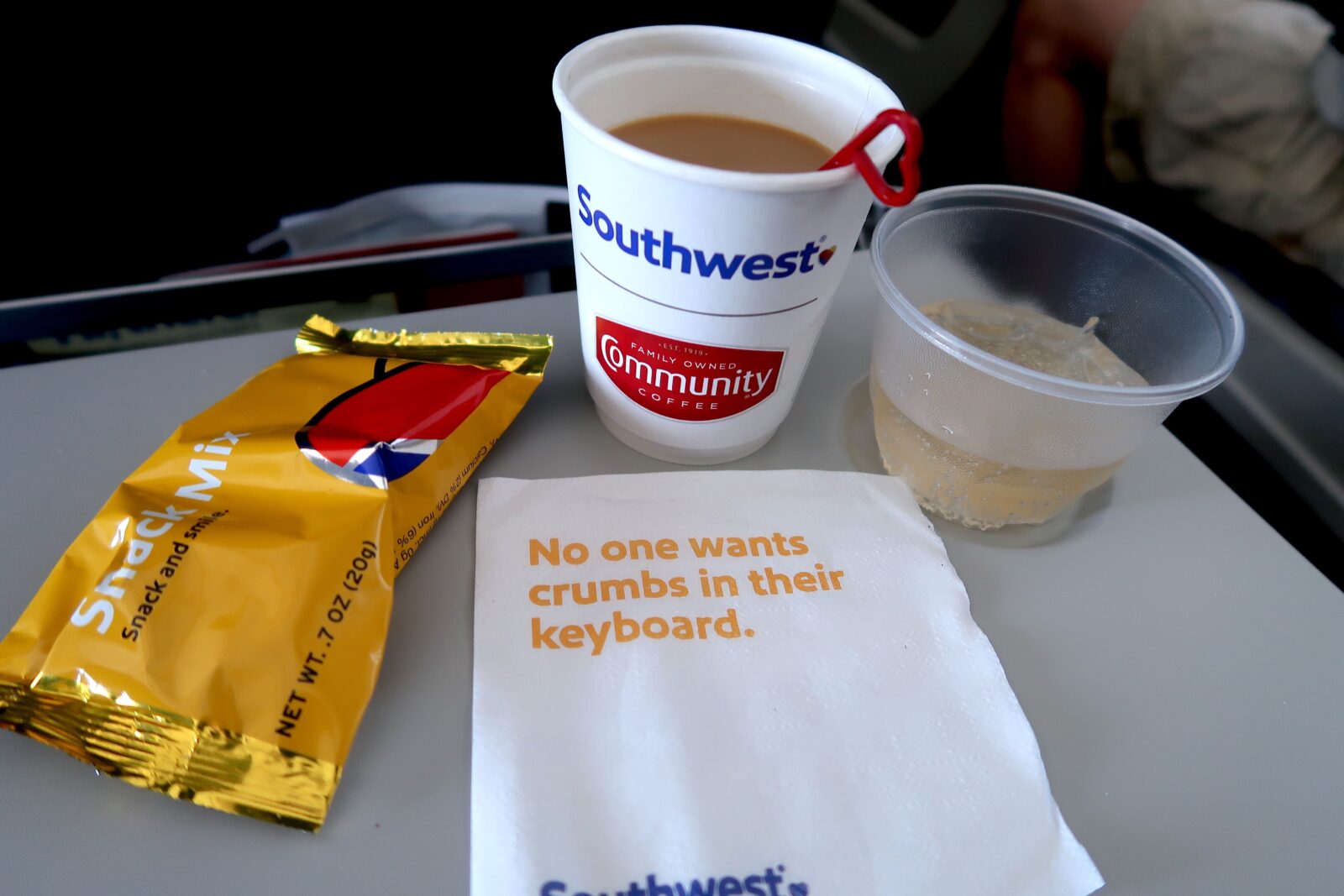
Crew Insider is our series of informative articles that answer some of the most common and less common questions about the aviation industry from the point of view of an industry insider. Our question answerer-in-chief is Mateusz Maszczynski, who has worked in the airline industry for nearly two decades and has honed his expertise in the field through this blog since 2015.
You’ve probably heard one of those viral articles at some point that quotes a flight attendant who claims that you shouldn’t have ice in your drink on an airplane because it’s gross and contaminated with all sorts of bacteria.
Unfortunately, the evidence suggests that the ice we consume in many public places is likely contaminated with varying levels of bacteria, although that doesn’t mean that the ice you’re served on an airplane is any more dangerous than anywhere else.
In fact, the ice you get in your favorite coffee shop iced beverage could be even worse than anything you are served on a flight.
In a 2017 investigation by the BBC’s Watchdog program, ice from three of Britain’s most popular coffee shops was found to be contaminated with fecal matter. Costa Coffee was found to have the worst levels of fecal matter in its ice, with seven out of ten samples found to have faecal coliform bacteria present.
Meanwhile, three out of ten samples taken from Starbucks ice were also found to be contaminated with fecal matter. The same number of samples were found to be contaminated at Caffe Nero.
Researchers believe the ice became contaminated by unclean hands touching the ice. In the wake of the scandal, all three coffee shop chains promised to improve processes to reduce the likelihood of ice coming into contacted with workers hands.
Earlier this year, Travel + Leisure cited another 2017 study that found more than 50 different strains of bacteria in samples of 60 ice cubes taken from both domestic and industrial ice-making facilities.
The magazine said this was evidence that the ice you’re served on a plane could be riddled with bacteria, although it’s important to note that the study didn’t look at ice being sent to airlines but rather restaurants and bars.
So, yes, the ice on a plane could also have bacteria present but that doesn’t necessarily mean that it’s any more dangerous than the ice you’re consuming in other public places.
In most cases, ice is delivered to an airplane in sealed plastic bags and then loaded into trays lined with a disposable plastic sheet. The tray, along with ice tongs and other utensils, are also sanitized between every flight in airline catering facilities.
In other words, the ice you are being served on an airplane is, if anything, just as gross as the ice you’re served anywhere else, but also potentially safer.
That’s not to say that aircraft catering facilities don’t have issues from time to time. In October, Delta’s outsourced catering facility in Detroit was shuttered after a food inspection revealed a potential Listeria outbreak.
In response to the outbreak, Delta quickly switched catering provisions to other facilities and even tapped Panera Bread to provide onboard meals for some passengers.
Related
Mateusz Maszczynski honed his skills as an international flight attendant at the most prominent airline in the Middle East and has been flying ever since... most recently for a well known European airline. Matt is passionate about the aviation industry and has become an expert in passenger experience and human-centric stories. Always keeping an ear close to the ground, Matt's industry insights, analysis and news coverage is frequently relied upon by some of the biggest names in journalism.








Love that you are not presenting “gossip” but actually present your information with facts. Thanks Harriet
Last flight I was on, AA domestic, (one way was Eagle and one mainline, so can’t recall which), they used bagged ice, dumped it in a container and used a scoop. The ice itself was clean enough that way. FAs used gloves and scoop, so probably no more “gross” than half of what anyone touches daily.